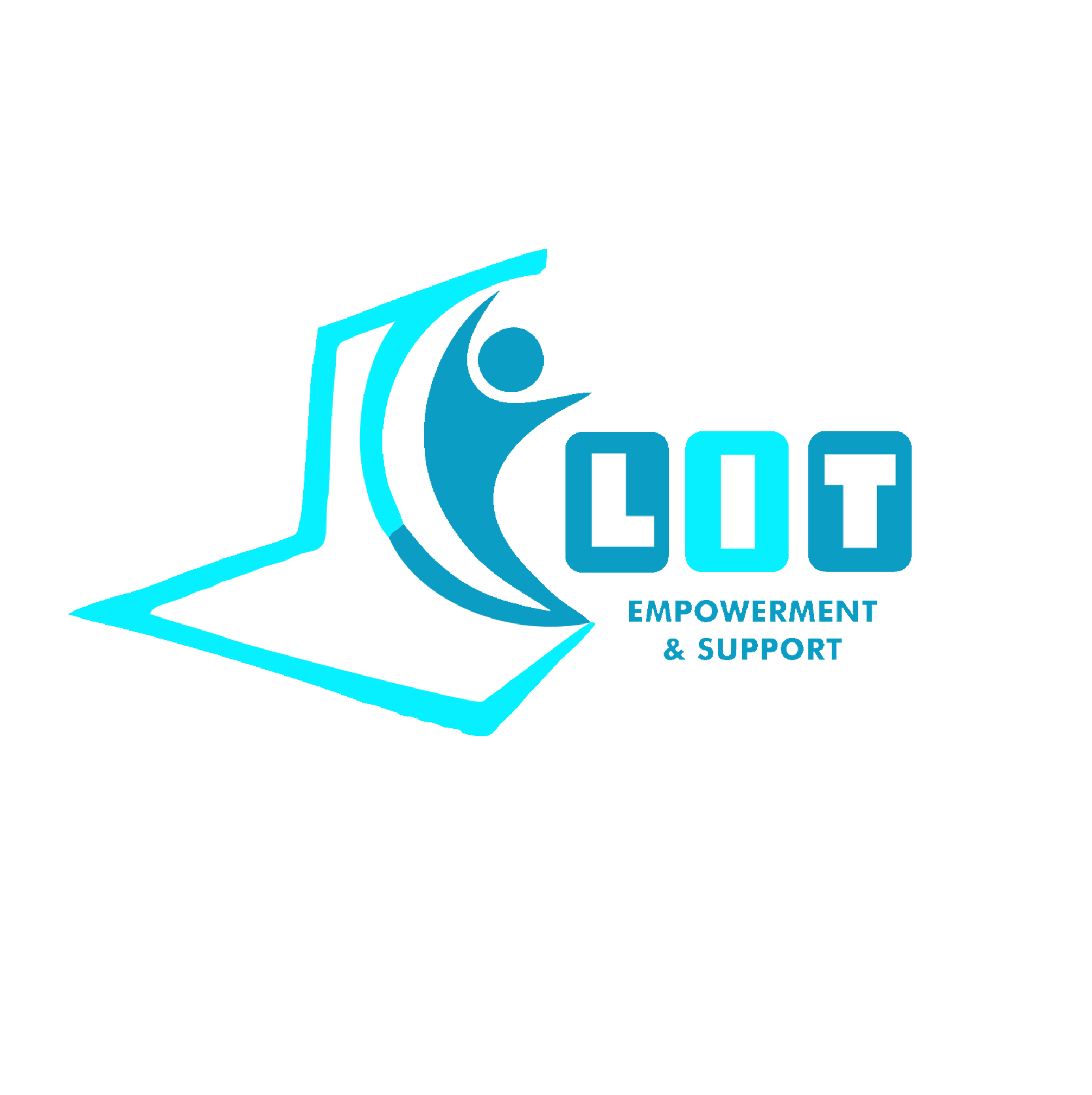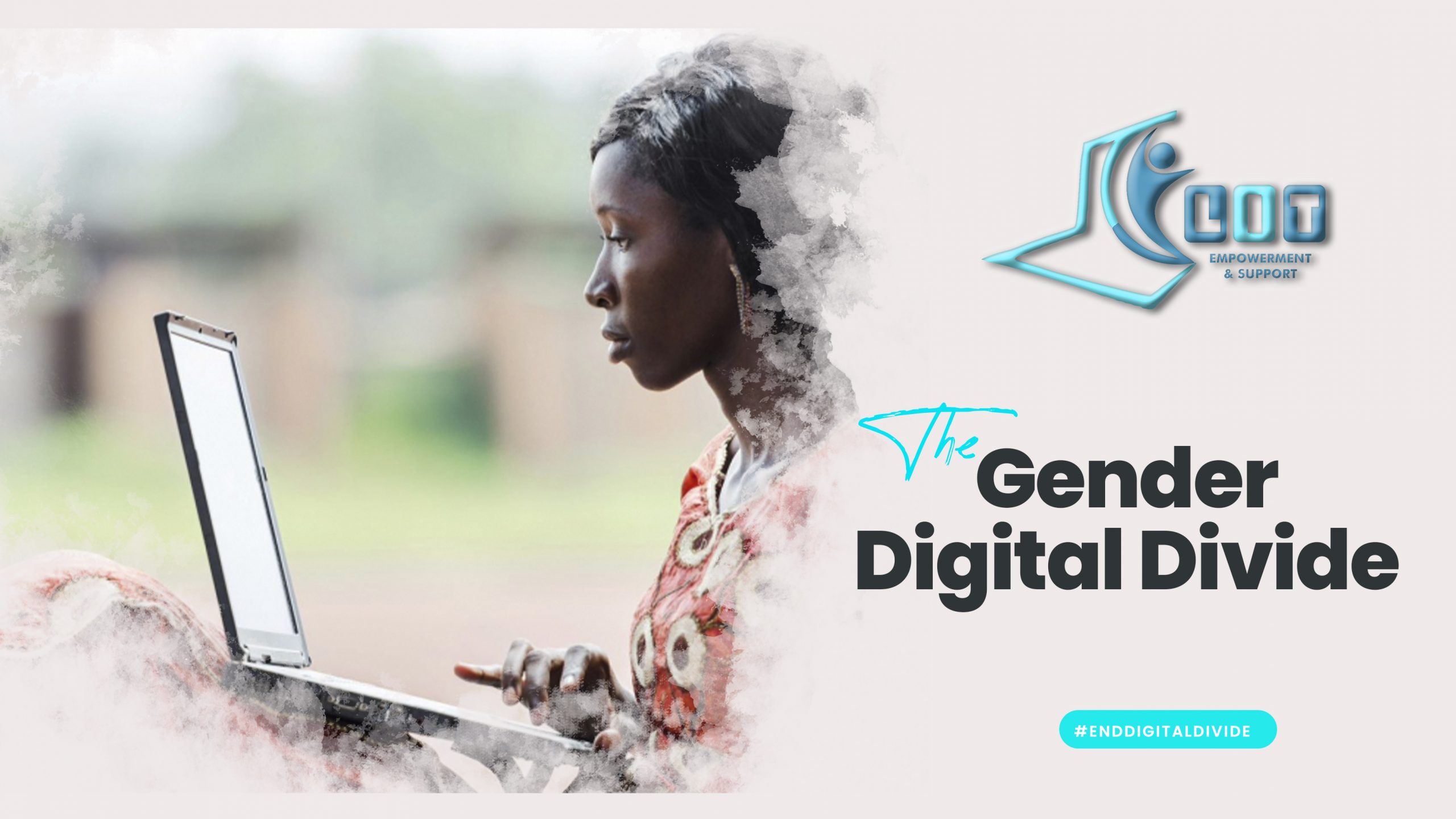What’s gender digital divide?
The gender digital divide is defined as gender biases coded into technology products, the technology sector, and digital skills education. A different source defines the subject as the inequalities between men and women in terms of access to information and communications technologies.
Causes of the gender digital divide
There are many causes of the gender digital divide. However, for the purposes of this article, I would like to mention the following: Inequitable access to education and negative social stereotypes that thrive in the “offline” environment and impact digital realities and possible benefits for women and girls.
Other causes include, but are not limited to, socioeconomic biases, such as gender wage disparities and dependence on male relatives in some countries. Also, isolation and absence of equality i.e. nations with bad track records in gender issues in education, income, political power, and cultural practices. I cannot overlook the fact that there is no relevant content for women and girls.
Trends in the gender digital divide across our world
The gender digital divide concerning internet access remains top most in the world’s least advanced nations at 32.9%. This internet deficit is biggest in Africa whilst, pertaining to cell phone ownership, the gender digital divide is more conspicuous in South Asia where females are 26% less likely to own handsets than males. It is evident that immeasurably serious inequalities exist in access to the internet, digital skills, and online rights across developing countries.
Crisscrossing urban impoverished communities in ten cities, Lagos, Nairobi, Jakarta, and Bogota inclusive, females were found to be 50% less likely than males to be online.30-50% of women in those same communities are less likely than men to use the internet.
How does the gender digital divide affect our society?
The gender digital divide negatively impacts nations’ propensity for economic growth and developmental progress. Women and girls not getting involved in creating digital tools and online content may aggravate pervading inequalities. Without technological and internet access, girls and women cannot take part fairly in our ever-changing digital society. It is not an overstatement to declare that the gender digital divide affects every facet of the life of girls and women including their ability to speak out and campaign on issues that affect them.
An organization with a heart of gold
Since the internet and computers are powerful tools for economic and political empowerment, many entities and individuals have, and are still trying to help the disadvantaged peoples, schools and communities of our world, especially in Africa, to surmount the huge mountain of lack of access and connectivity inequalities that exist here.
One such organization is the Lit Empowerment and Support Incorporated based in Ghana and the United States of America. Lit Empowerment and Support Incorporated, a non-profit, non-governmental organization seeks to assist bridge the digital gap in deprived inner cities and rural communities by presenting ICT Labs and/or IT tools to schools and needy students in such neighborhoods.
It is in this vane that Lit Empowerment and Support Incorporated is appealing for assistance from governments of nations, states, provinces and regions, philanthropists, businesses, institutions, and individuals to partner and sponsors whole or parts of ICT labs. You could also donate IT tools for which the poor people who benefit from your kindness and generosity will remain forever grateful.
Why the gender digital divide must be bridged
The UN Women’s Action Plan to close the digital gender split notes that: “Women’s equal and meaningful participation in the digital society is seen as both integral to the realization of a just, inclusive and rights-based information society and to achieve objectives around gender equality and women’s empowerment by 2030.”Bridging the gender digital gap catalyzes economic freedom, promotes good health, and enhances quality education, among many others.


